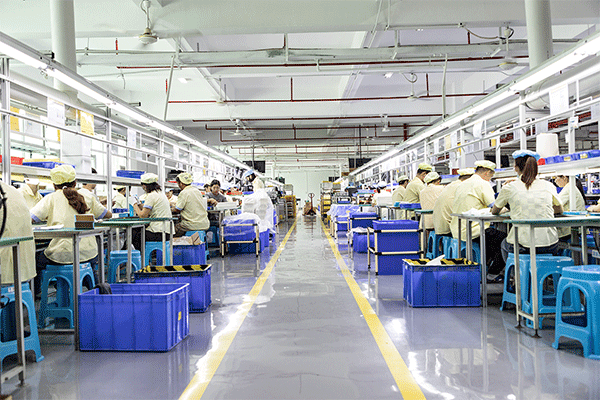In order to further improve the emergency response ability of our employees and ensure that they can take prompt and effective actions when encountering emergency first aid incidents in their daily life or work environment, Shaer Community successfully held a comprehensive and in-depth mass emergency rescue training activity in our company on July 16, 2024. Through a combination of theory and practice, the training aims to enable each participant to master key first aid skills and become a “first responder” to protect their own safety and that of others.

Training group photo
The training content is divided into three parts:
1.Cardiopulmonary resuscitation and AED use
Theoretical explanation: Introduce the cause of cardiac arrest, the identification method and the importance of performing CPR in a simple way, and explain the standard operation procedure of CPR in detail, including the position, depth, frequency of chest compression and the correct way of artificial respiration.

Theoretical popularization
Practical exercise: The use of simulated people to group practical exercise, to ensure that each employee can personally operate, feel the correct pressure and rhythm. At the same time, explain and demonstrate the use of AED (automatic external defibrillator) and precautions, so that employees understand the key role of AED in saving lives at critical moments.
2. Treatment of airway foreign body obstruction
Case analysis: Through the sharing of real cases, employees can realize the harm and urgency of airway foreign body obstruction.

Real case sharing
First aid skills: Focus on teaching Heimlich first aid (adult version and children version), including back slap, abdominal impact (adult) and chest impact (child), and practical exercises through simulated props to ensure that every employee can master.

A demonstration of the Heimlich maneuver
3. Wound hemostasis and wound dressing
Hemostasis principles: Explain the identification of different types of bleeding (such as arterial bleeding, venous bleeding, capillary bleeding) and corresponding hemostasis methods, emphasizing the basic principle of “pressure hemostasis”.
Bandaging techniques: Demonstrate and teach a variety of bandaging methods, such as circular bandaging, spiral bandaging, figure 8 bandaging, return bandaging, etc., for different parts and types of wounds. To improve the dressing skills of the staff through practical practice of simulated wounds.
Special injury treatment: The initial treatment measures of common injuries such as fracture fixation and burn treatment are briefly introduced to enhance the staff’s ability to cope with complex injuries.

Wound dressing demonstration
Through this training, not only effectively improve the staff’s first aid knowledge and skills, but also enhance everyone’s safety awareness and team spirit. In the future, we will continue to strengthen cooperation with the community and regularly hold similar activities to ensure that every employee can become a “life guardian” with basic first-aid capabilities and contribute to the safety and stability of the company and society.













